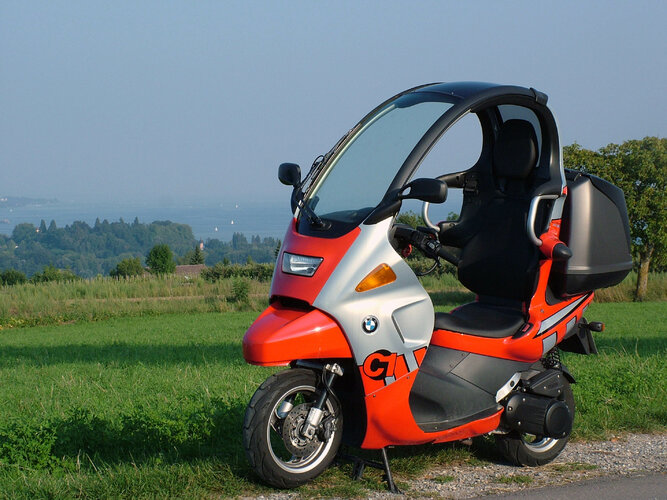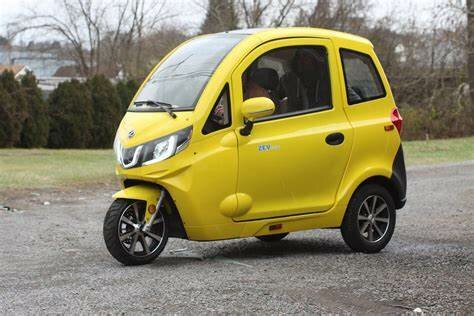If a community is too dense for EV chargers to be installed, it's too dense to be car dependent. Whether the right transport solution for that community is bikes, buses, rail, or something else will depend on the circumstances. But high density has never mixed well with cars; attempts to make it do so have ruined the quality of the urban environment and the driving experience.
It's actually a matter of design; if you built a very dense highway network (highways spaced out at 0.5-1km), you can actually support very high densities with cars, over 100,000 per sqkm. You end up with something out of magic motorways - dedicated and totally separate levels for cars and people, and giant multistorey parking lots underneath giant podia.
And yes, you can wire those giant multistorey parking lots with car charging equipment. It's being done in my community as we speak.
High density often means relatively short commutes and lots of starts and stops from traffic lights, which are ideal for plug in hybrids and electrics; once you get off the highway, gasoline cars lose a lot of efficiency operating in an inefficient regime.
This handsome upper-middle-class neighborhood also has two subway line and a giant bus terminal; it has been built, it has been done. Modern subway lines can move fifty to a hundred thousand people per hour per direction, with headways under two minutes. If the subway line fills up, you build a parallel one, usually some sort of faster line with greater intervals between stops. Densities over 100,000 per sqkm are very supportable if you build enough infrastructure.
The problems are not mainly technical, inasmuch as the problems with building say... 10,000 tonne sprint-and-drift Surface Effect Ships, 4-million-pound Spanloaders and other speculative and historical projects beloved of this forum are not mainly technical.
As Tomcat points out, the issues are socioeconomic and sociopolitical. The existing social order cannot necessarily conduct and absorb very large changes in a reasonable fashion, even if they are technically possible, so changes have to be tailored for the social order.








